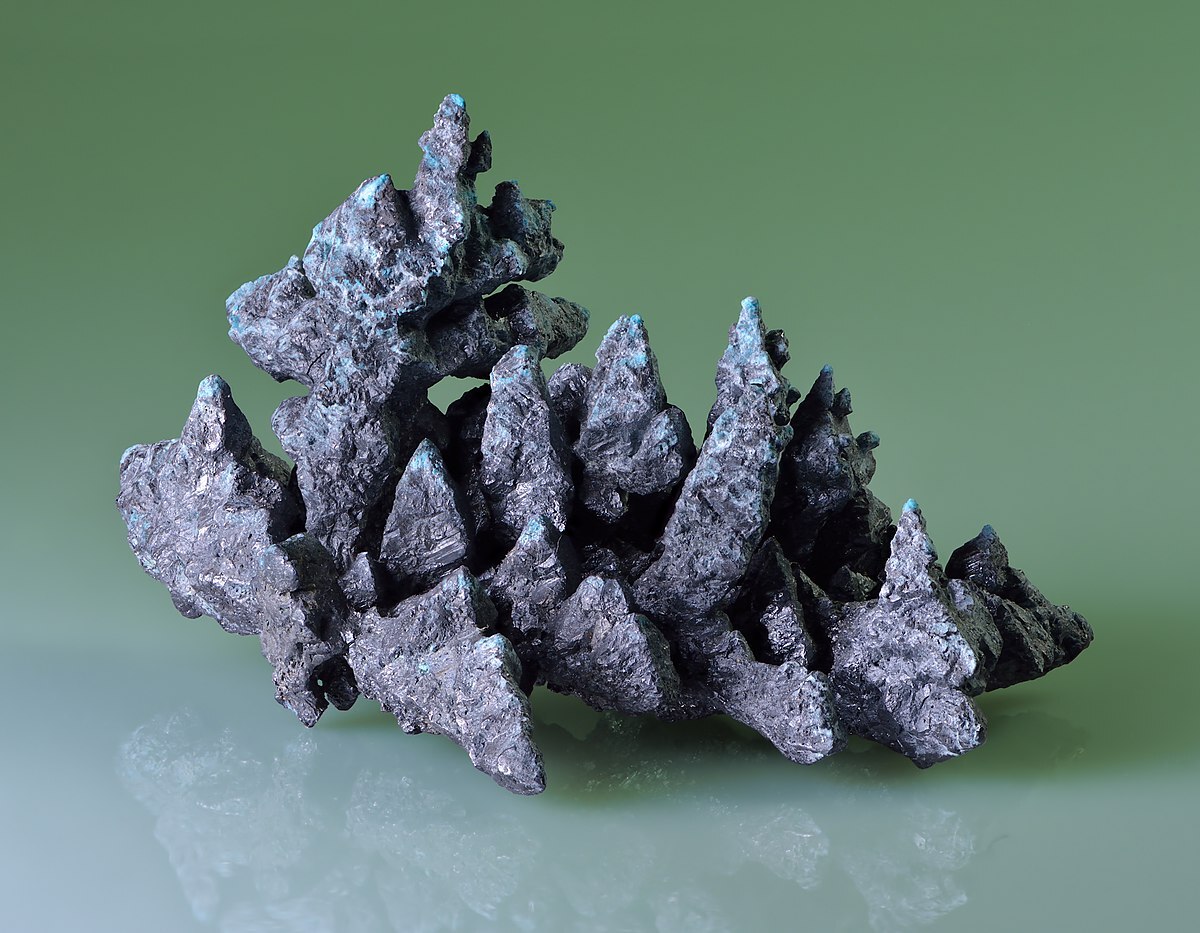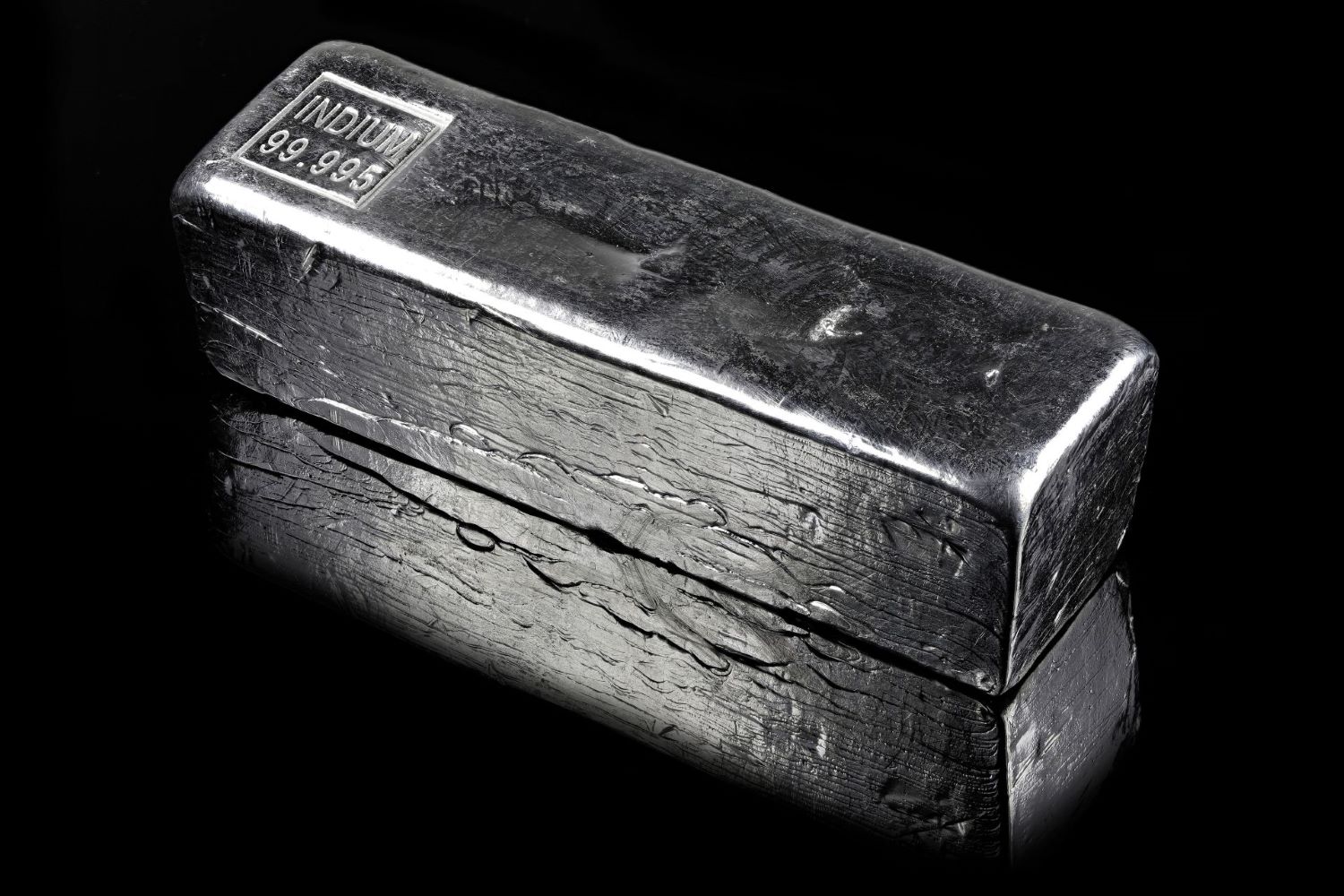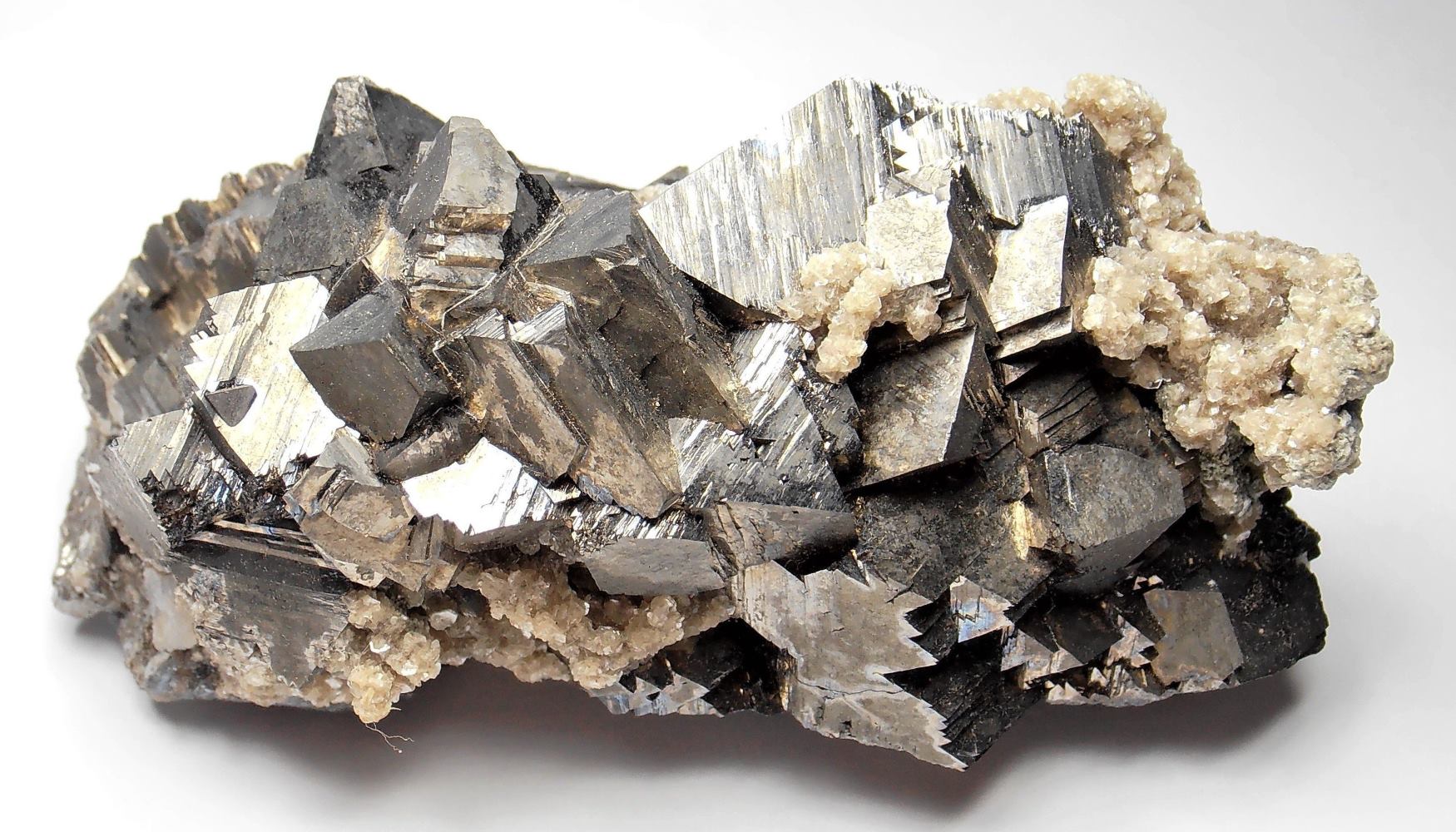
Acanthite is a fascinating mineral that often catches the eye of geologists and collectors alike. Known for its striking silver color and unique crystal formations, this mineral is primarily composed of silver sulfide. But what makes acanthite so special? For starters, it is the most important ore of silver, making it highly valuable in the mining industry. Found in various locations around the world, including Mexico, Germany, and the United States, acanthite has a rich history and a variety of uses. Whether you're a budding geologist or just curious about minerals, these 25 facts about acanthite will give you a deeper appreciation for this intriguing substance.
What is Acanthite?
Acanthite is a fascinating mineral known for its unique properties and historical significance. This silver sulfide mineral has intrigued scientists, miners, and collectors alike. Let's dive into some intriguing facts about acanthite.
-
Acanthite is the most important silver ore. It is primarily composed of silver sulfide (Ag2S).
-
This mineral forms in low-temperature hydrothermal veins, often found in association with other silver minerals.
-
Acanthite has a metallic luster, giving it a shiny, reflective appearance.
-
It typically appears in a dark gray to black color, making it easily distinguishable from other minerals.
-
The mineral has a Mohs hardness of 2 to 2.5, meaning it is relatively soft and can be scratched by a fingernail.
Historical Significance of Acanthite
Acanthite has played a crucial role in the history of mining and metallurgy. Its extraction and use have shaped economies and technological advancements.
-
Ancient civilizations, including the Greeks and Romans, mined acanthite for its silver content.
-
During the 16th century, Spanish explorers discovered rich acanthite deposits in the Americas, leading to a silver boom.
-
The famous Comstock Lode in Nevada, discovered in the mid-19th century, contained significant amounts of acanthite.
-
Acanthite was a major source of silver during the California Gold Rush, contributing to the economic growth of the region.
-
The mineral's extraction techniques have evolved over centuries, from simple hand tools to advanced machinery.
Physical and Chemical Properties
Understanding the physical and chemical properties of acanthite helps in identifying and processing this valuable mineral.
-
Acanthite crystallizes in the monoclinic system, forming slender, prismatic crystals.
-
It often occurs as massive, granular, or compact aggregates, making it versatile in appearance.
-
The mineral has a specific gravity of 7.2 to 7.4, indicating its high density.
-
Acanthite is insoluble in water but can be dissolved in nitric acid, a property used in its processing.
-
When exposed to light, acanthite can alter to argentite, another form of silver sulfide.
Uses of Acanthite
Acanthite's primary use is in the extraction of silver, but it also has other applications in various industries.
-
Silver extracted from acanthite is used in jewelry, coins, and silverware.
-
The mineral's silver content is essential in the production of photographic films and papers.
-
Silver from acanthite is used in electronics, including conductors and switches, due to its excellent conductivity.
-
The medical industry utilizes silver for its antibacterial properties, making it valuable in wound dressings and medical devices.
-
Acanthite's silver is also used in solar panels, contributing to renewable energy technologies.
Famous Acanthite Locations
Certain locations around the world are renowned for their rich acanthite deposits, attracting miners and collectors.
-
The Freiberg District in Germany is famous for its high-quality acanthite specimens.
-
Mexico's Guanajuato region has been a significant source of acanthite for centuries.
-
The Kongsberg Silver Mines in Norway are known for their historic acanthite production.
-
In the United States, the Silverton District in Colorado has yielded notable acanthite finds.
-
The Potosí Mine in Bolivia, one of the world's largest silver mines, contains substantial acanthite deposits.
The Final Word on Acanthite
Acanthite, a fascinating silver mineral, holds a special place in the world of geology and mineralogy. Known for its striking appearance and high silver content, it’s a favorite among collectors and scientists alike. This mineral forms in low-temperature hydrothermal veins and is often found alongside other silver minerals like argentite.
Its unique properties make it valuable not just for its beauty but also for its industrial applications. Acanthite’s role in silver mining cannot be overstated, as it’s a primary source of this precious metal. Understanding its formation, characteristics, and uses provides insight into both natural processes and human industry.
Whether you’re a budding geologist, a seasoned collector, or just someone curious about the natural world, acanthite offers a glimpse into the intricate and beautiful world of minerals. Keep exploring and you’ll find even more wonders hidden in the earth.
Was this page helpful?
Our commitment to delivering trustworthy and engaging content is at the heart of what we do. Each fact on our site is contributed by real users like you, bringing a wealth of diverse insights and information. To ensure the highest standards of accuracy and reliability, our dedicated editors meticulously review each submission. This process guarantees that the facts we share are not only fascinating but also credible. Trust in our commitment to quality and authenticity as you explore and learn with us.


